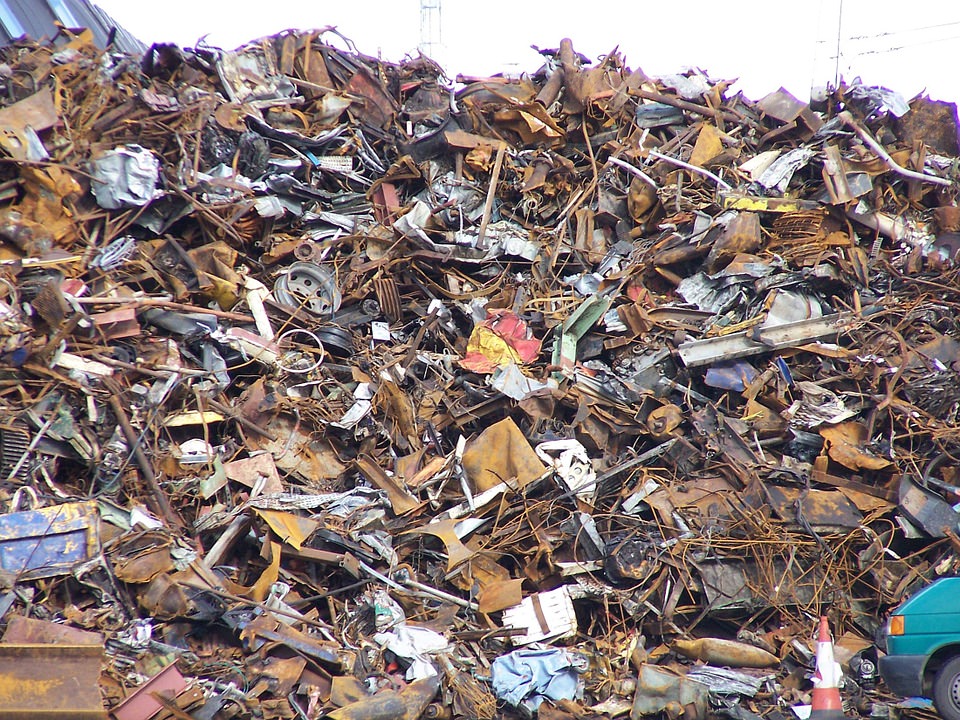Where does garbage go
by siteadmin

Garbage typically goes to a landfill, which is a large area of land designed to hold and bury waste. In some cases, garbage may be incinerated at a waste-to-energy facility, which burns the waste and converts the heat energy into electricity. However, not all waste can be incinerated due to concerns about air pollution and greenhouse gas emissions. Some communities also have recycling programs in place, which divert certain types of waste away from landfills and into facilities where they can be processed and turned into new products. It's important to properly dispose of garbage to prevent pollution, protect public health, and conserve natural resources.
The amount of garbage that a landfill processes per month can vary widely depending on factors such as the size of the landfill, the population it serves, and the level of waste reduction and recycling programs in place in the surrounding community. In the United States, for example, a small landfill serving a rural area might process only a few hundred tons of garbage per month, while a large landfill serving a major metropolitan area could process thousands or even tens of thousands of tons per day.
However, according to the US Environmental Protection Agency (EPA), the average American produces about 4.9 pounds (2.2 kg) of trash per day. This means that a landfill serving a population of 100,000 (about the seating capacity of the Los Angeles Memorial Coliseum) people could expect to process around 490,000 pounds (222,000 kg) of garbage per day, or roughly 14.7 million pounds (6.7 million kg) per month. However, it's important to note that not all this waste may end up in the landfill, as recycling and other waste reduction efforts can divert some materials away from the waste stream.
Landfills are designed to safely and efficiently dispose of waste, which can have several positive impacts. Here are some examples:
-
Energy generation: Some landfills have systems in place to capture the methane gas produced by decomposing waste and use it to generate electricity. This can help to offset the need for non-renewable energy sources.
-
Land reclamation: After a landfill has been filled, the site can be reclaimed and repurposed for other uses, such as parkland, solar farms, or even golf courses.
-
-
Habitat creation: Over time, landfills can develop into unique ecosystems that support a variety of plants and wildlife. In some cases, landfills have been turned into wildlife habitats, with the installation of ponds, wetlands, and other features to support biodiversity.
-
Economic benefits: Landfills can provide economic benefits to the communities they serve by providing jobs, generating revenue through tipping fees, and attracting businesses that rely on waste disposal services.
It's important to note that while landfills can have some positive impacts, they also come with a range of environmental and public health risks. Proper management and regulation are crucial to minimize these risks and ensure that landfills are operated in a safe and sustainable manner.
Appalachian Waste Management
Garbage typically goes to a landfill, which is a large area of land designed to hold and bury waste. In some cases, garbage may be incinerated at a waste-to-energy facility, which burns the waste and converts the heat energy into electricity. However, not all waste can be incinerated due to concerns about air pollution and…
Recent Posts
- The Role of Brokers in Dallas Real Estate: Understanding Their Importance
- From Struggle to Strength: Overcoming Addiction in Fort Worth’s Sober Living Homes
- Safely Brightening Your Smile: Tips for Effective Teeth Whitening in Las Vegas
- Brighten Your Smile: Teeth Whitening Options in Las Vegas
- Navigating HVAC Repair Costs: What to Expect in Lexington, KY
